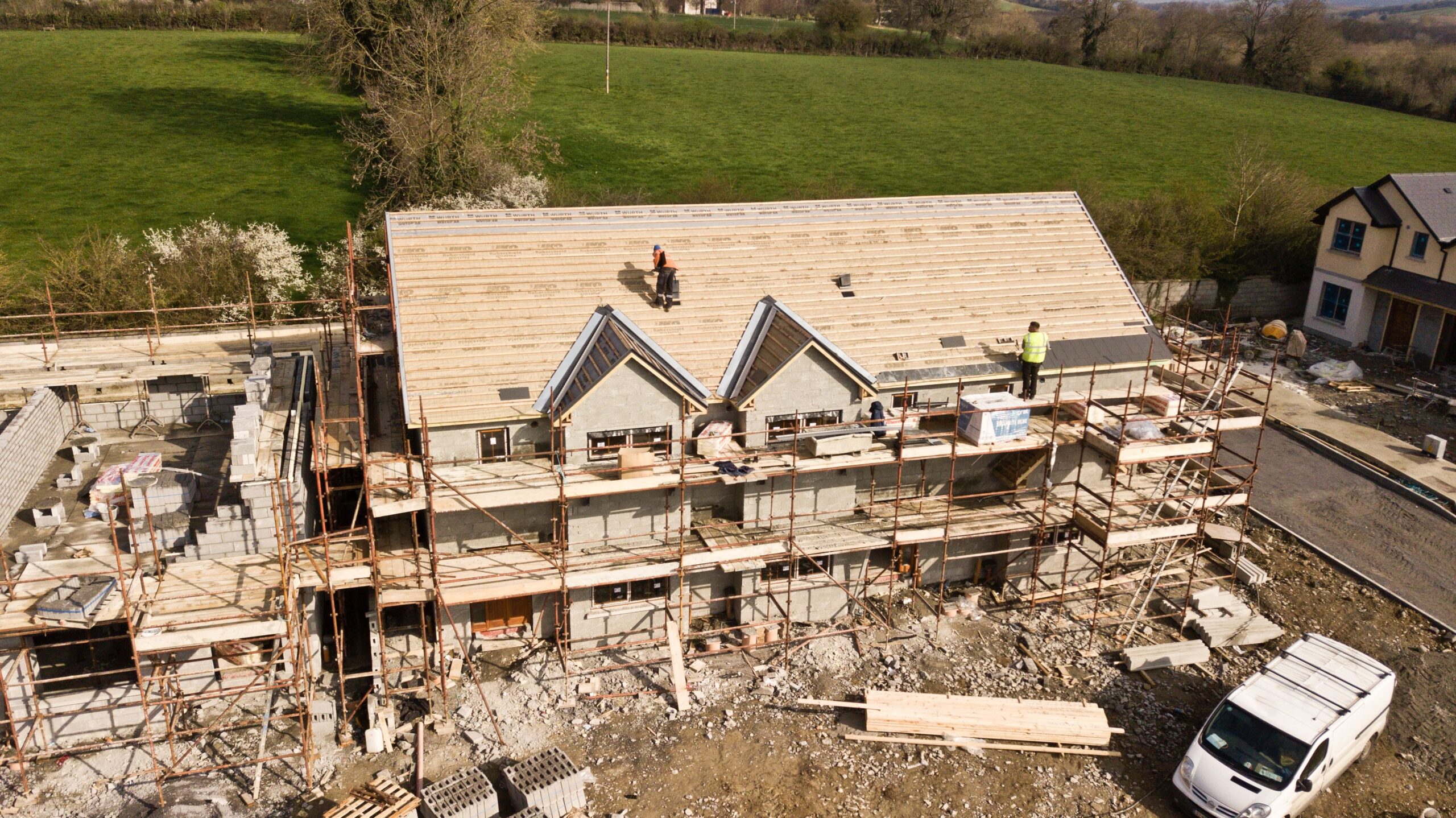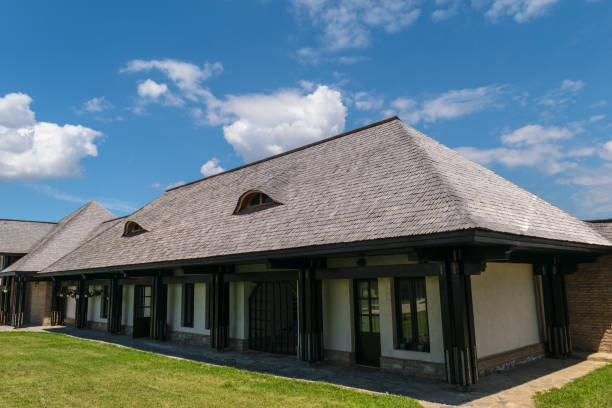The roofing business is dangerous. From worker’s claims to filing legal cases and even burial expenses … a corporation will be ruined by losing crew members. This helpful guide will help you towards roof fall protection in the most practical way.
With these useful tips on residential roof fall safety, keep your crew and your business secure and decrease the chance of worksite injuries.
Take These Steps To Ensure Safety
A few safety precautions will go a long way in ensuring protection for your crew. Follow these precautions as prescribed by Corey & Corey’s expert roofing installation team.
Rock the Best Shoe
There’s a shoe for any lifestyle and career nowadays. Keep these must-have features in mind when shopping for the proper roofing shoes:
- Traction of good consistency
- High-top for the stability of the foot
- Long-lasting leather or suede
- Versatility
- Thick corduroy shoelaces
- Toe secure
Job boots are not immortal, and it can be almost as risky to wear them before the soles wear off as having the correct footwear. There’s a better risk of sliding as the tread is worn down, and walking on nails becomes progressively riskier. Make confident that your team knows how to handle you when it’s time for their roofing shoes to be replaced.
Using a personal method of fall detention
In all cases, whether you are a full-time roofer or a contractor covering a number of residential projects, it is important that your staff are kept safe.
Among several roofers, a personal fall arrest system (PFAS) is a preferred residential roof fall safety mechanism, with a full-body brace attached by a lifeline or lanyard to the main portion of the system. When the employees move equipment and materials through the roof or plow into the tear-off process, rope grabs and temporary guardrails also add to roofer protection. Every one of these types of fall safety also encourages roofers to travel easily around the work area, so they can always get the work done on time.
Keep the roof free of debris (important for roof fall protection)
By maintaining the region you are fixing or reroofing remains free of roofing debris, preventing tripping dangers. Tear-off is also the hardest and messiest aspect of a roof repair, with roofers shoveling old shingles straight onto tarps and nets over the side of the roof that will sway from all the debris under pressure in the wind or cave. Still on the roof, wary of stray nails that can catch old shingles and tar paper. Watch out with rough edges for bits of fractured clay or slate shingles, too.
Only work when the weather is optimal for roofing
Experienced roofers understand not to roof in the rain, but if the old roof or your fall safety device hasn’t had time to dry, roofing after rain can be risky.
In colored, moist areas, asphalt shingles may emit Gloeocapsa magma. On aging roofs, this form of algae is widely present, which can contribute to sloppy shingles when wet. Manufacturing companies have recently taken measures to prevent the growth of Gloecapsa magma by adding copper granules, a toxic ingredient of the algae, into roofing materials to tackle the problem.
Exposure to extreme heat can be dangerous to roofers as well. By having a constant supply of water on the site at all times, make sure everyone on the roofing crew remains hydrated.
Corey & Corey always makes sure that our professional roofers take care of all the precautions while working on your roof. Be sure to call Corey & Corey at 508-775-8240 and get a free quote.




